Mold in Insulation Behind Drywall: Causes, Risks, and Remediation
Mold growth in insulation behind drywall is a significant concern in both residential and commercial buildings. Mold can thrive in damp environments, leading to potential health risks and structural damage. This article aims to provide a comprehensive understanding of the topic, shedding light on the causes, signs, health risks, and remediation strategies associated with mold in insulation behind drywall.
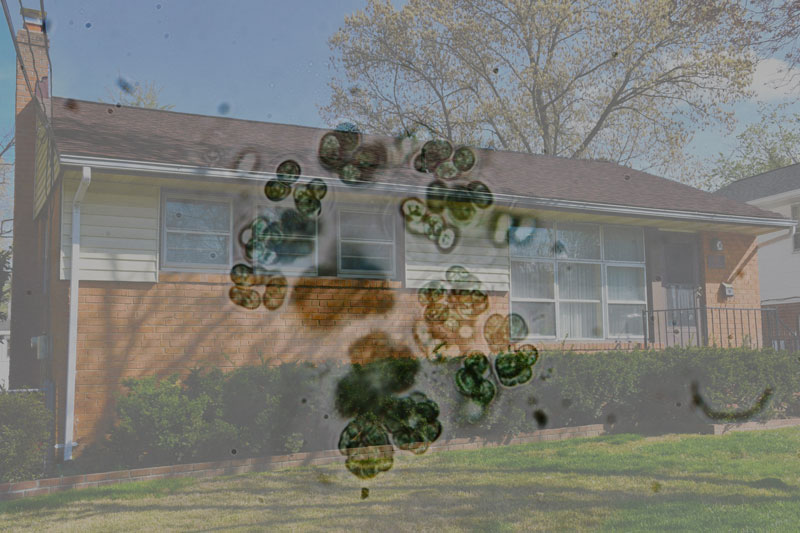
What Causes Mold Growth in Insulation Behind Drywall?
Moisture Sources and Their Impact on Insulation
Moisture is the primary catalyst for mold growth in insulation behind drywall. It can originate from various sources, such as leaks in plumbing, roof damage, high humidity levels, or inadequate moisture barriers. When moisture infiltrates the insulation material, it creates an ideal environment for mold to thrive. Inadequate insulation or insulation with low moisture resistance can exacerbate the problem. Insulation acts as a sponge, absorbing and retaining moisture, which further promotes mold growth. The presence of mold in insulation compromises its effectiveness and can lead to structural issues over time.
Common Contributors to Mold Development in Insulation
Several factors contribute to the development of mold in insulation behind drywall. These include:
- Water leaks: Leaking pipes, roof leaks, or faulty plumbing fixtures can introduce moisture into the insulation, leading to mold growth.
- Condensation: Poorly insulated areas or inadequate ventilation can result in condensation buildup, providing a favorable environment for mold.
- Flooding or water damage: If a building experiences flooding or significant water damage, the insulation behind the drywall can become saturated, creating optimal conditions for mold growth.
Understanding the Role of Poor Ventilation and Insulation Installation Errors
Poor ventilation and insulation installation errors can exacerbate mold growth in insulation behind drywall. Insufficient airflow traps moisture, creating stagnant conditions that foster mold development. Improperly installed insulation can leave gaps or voids where moisture can accumulate and encourage mold growth.
Inadequate insulation coverage, especially near potential moisture sources like windows or doors, can result in localized moisture accumulation. Additionally, insulation compression during installation can restrict airflow and increase the likelihood of moisture retention, leading to mold problems.
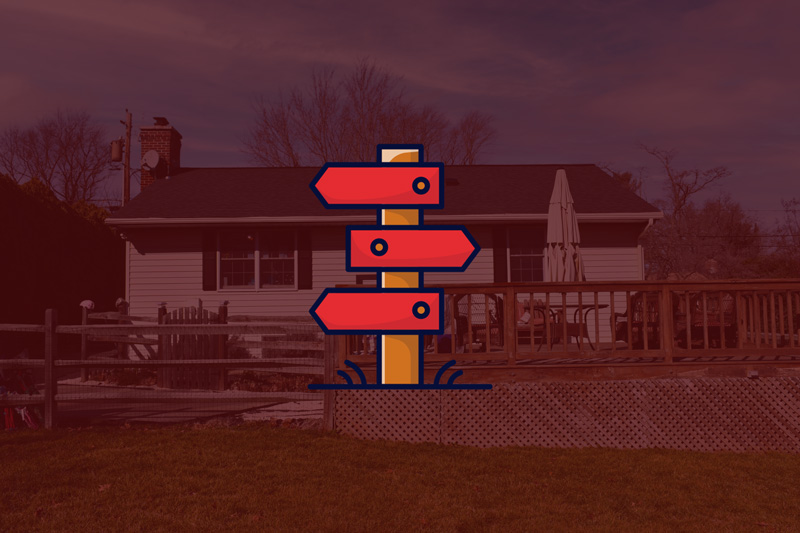
Identifying the Signs of Mold in Insulation Behind Drywall
Visible Indicators such as Discoloration, Stains, or Growth Patterns
One of the primary ways to identify mold in insulation behind drywall is through visible indicators. These include discoloration, stains, or unusual growth patterns on the surface of the walls. Mold-infested insulation may appear discolored, often with shades of green, black, or brown. Stains can also be present, indicating moisture infiltration and mold growth. Additionally, mold may manifest as fuzzy or powdery growth patterns on the surface of the drywall or insulation.
Detecting Musty Odors and Their Association with Mold Presence
Musty odors can be a telltale sign of mold growth in insulation behind drywall. Mold emits volatile organic compounds (VOCs), which produce a distinct and unpleasant smell. If you detect a persistent musty odor in a specific area or room, it could indicate hidden mold behind the drywall. Pay attention to areas with poor ventilation or those that have experienced water damage, as they are more prone to mold growth.
Utilizing Moisture Meters and Infrared Cameras for Hidden Mold Detection
Hidden mold growth in insulation behind drywall can be challenging to identify with the naked eye. In such cases, specialized tools like moisture meters and infrared cameras can aid in detection. Moisture meters measure the moisture content of materials, helping identify areas with excessive moisture that may indicate mold presence. Infrared cameras, on the other hand, can detect temperature variations behind walls, revealing potential moisture or mold issues.
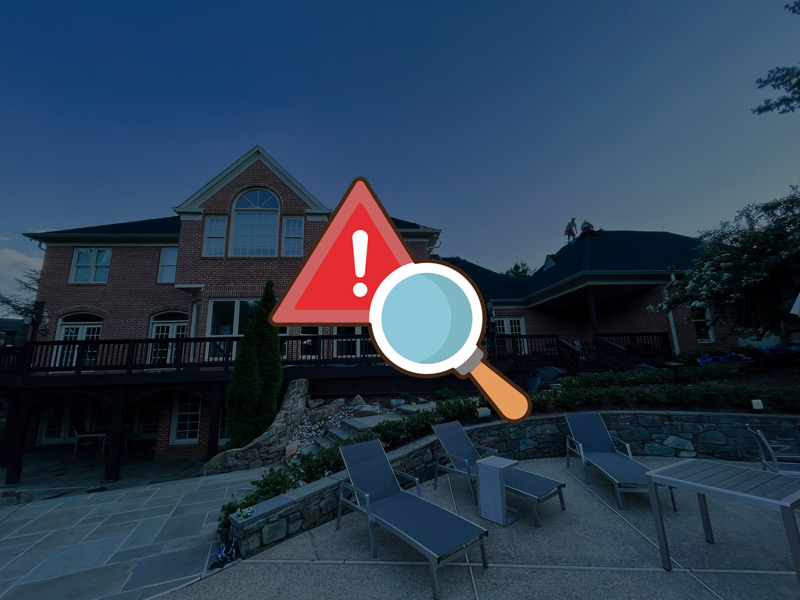
Health Risks Associated with Mold in Insulation Behind Drywall
Respiratory Issues and Allergies Caused by Mold Spores
Mold in insulation behind drywall can pose significant health risks, particularly concerning respiratory health. Mold releases tiny spores into the air, which can be inhaled by occupants. These spores can trigger allergic reactions, leading to symptoms such as sneezing, coughing, itchy eyes, and nasal congestion. Individuals with existing respiratory conditions, such as asthma, may experience exacerbated symptoms when exposed to mold spores.
Potential Long-Term Health Effects of Prolonged Exposure
Prolonged exposure to mold in insulation behind drywall can result in more severe health effects. Some individuals may develop mold-related illnesses, such as fungal infections or mycotoxicosis, which occur when toxins produced by certain mold species are ingested or inhaled. These illnesses can cause chronic fatigue, headaches, difficulty concentrating, and even neurological symptoms in some cases. It’s essential to address mold growth promptly to minimize the risk of long-term health complications.
Identifying Vulnerable Populations and Their Increased Risks
Certain individuals are more susceptible to the health risks associated with mold in insulation behind drywall. These vulnerable populations include infants, the elderly, pregnant women, and those with compromised immune systems. Infants and elderly individuals may have underdeveloped or weakened immune systems, making them more prone to respiratory issues and other health complications. Pregnant women should also be cautious, as mold exposure can potentially affect the health of both the mother and the developing fetus. Similarly, individuals with weakened immune systems, such as those with HIV/AIDS or undergoing immunosuppressive therapy, are at higher risk of experiencing severe health effects from mold exposure.
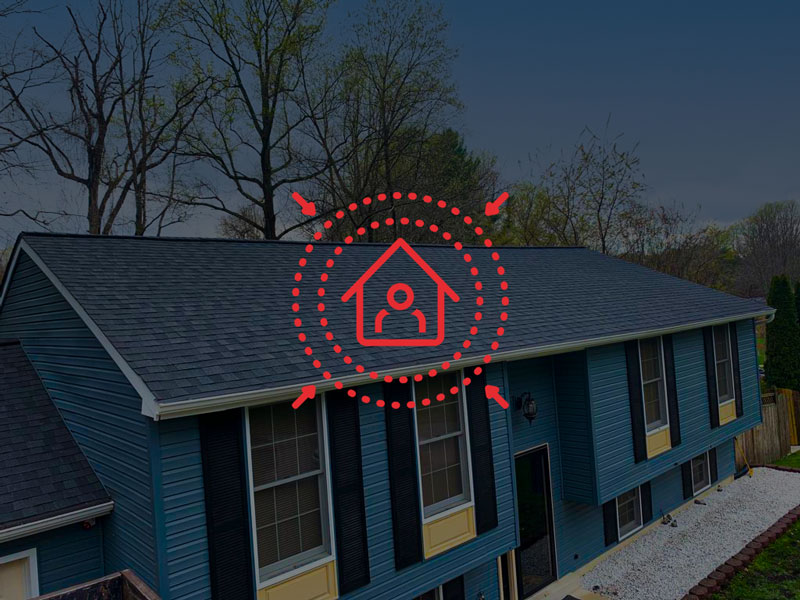
Remediation and Prevention Strategies
Step-by-Step Guide to Safely Removing Mold-Infested Insulation
When dealing with mold in insulation behind drywall, it’s crucial to follow proper remediation procedures to ensure safety and effective removal. Here is a step-by-step guide to safely remove mold-infested insulation:
- Prepare the area: Seal off the affected area from the rest of the building to prevent cross-contamination. Use plastic sheets and tape to create a containment barrier.
- Wear protective gear: Put on personal protective equipment (PPE), including gloves, goggles, and a respirator mask, to protect yourself from mold spores during the removal process.
- Wet the affected insulation: Lightly mist the mold-infested insulation with water to minimize the release of airborne mold spores while removing it. This helps prevent further contamination.
- Carefully remove the insulation: Use a utility knife or a specialized insulation removal tool to cut and remove the affected insulation. Place it in sealed bags or containers for proper disposal.
Proper Disposal Procedures and Protective Equipment Usage
Disposing of mold-infested insulation requires caution to prevent spreading mold spores. Follow these proper disposal procedures:
- Double bag the removed insulation: Seal the bags containing the mold-infested insulation tightly to prevent any leakage. Use heavy-duty plastic bags for added protection.
- Label the bags: Clearly label the bags as “Contaminated Materials” and include a warning regarding mold contamination. This helps ensure proper handling during disposal.
- Arrange for professional disposal: Contact a waste management company that handles hazardous materials or consult local guidelines for proper disposal options. They will have the expertise to handle and dispose of the mold-infested insulation safely.
Implementing Preventive Measures to Avoid Future Mold Growth
Preventing mold in insulation behind drywall is key to maintaining a healthy indoor environment. Consider these preventive measures:
- Address moisture issues: Identify and resolve any sources of moisture, such as plumbing leaks or roof problems, that contribute to mold growth. Repair leaks promptly and ensure proper ventilation in areas prone to moisture accumulation.
- Improve insulation installation: Properly install insulation, ensuring it is not compressed, as compressed insulation can trap moisture and lead to mold growth. Follow manufacturer guidelines and consult professionals if needed.
- Monitor indoor humidity levels: Maintain indoor humidity levels below 60% to discourage mold growth. Use dehumidifiers in humid areas, especially basements and bathrooms, to control moisture.
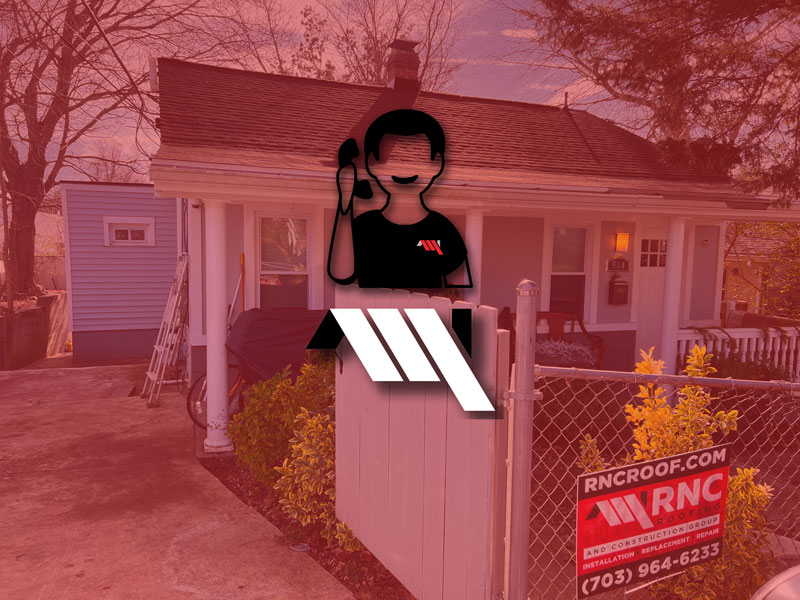
Seeking Professional Assistance for Mold Removal
Importance of Hiring Experienced Mold Remediation Experts
When dealing with mold in insulation behind drywall, seeking professional assistance is crucial for a thorough and effective removal process. Here’s why hiring experienced mold remediation experts is essential:
- Expertise and knowledge: Experienced professionals possess in-depth knowledge of mold growth, its causes, and effective removal techniques. They can accurately assess the extent of the mold infestation and devise appropriate strategies for safe removal.
- Safety considerations: Mold removal can expose individuals to potentially harmful mold spores and mycotoxins. Professionals are equipped with the necessary protective gear and follow strict safety protocols to safeguard their health and the occupants of the property.
- Comprehensive solutions: Mold remediation experts offer comprehensive solutions beyond just removing visible mold. They address the root cause of the mold growth, identify hidden mold sources, and implement preventive measures to minimize the chances of future mold infestations.
Evaluating Credentials and Certifications of Mold Removal Professionals
When selecting a mold removal professional, it’s important to evaluate their credentials and certifications to ensure their competence and expertise. Consider the following:
- Certification: Look for professionals certified by reputable organizations such as the Institute of Inspection, Cleaning and Restoration Certification (IICRC) or the National Association of Mold Remediators and Inspectors (NAMRI). These certifications indicate that the professionals have met industry standards and possess the necessary knowledge and skills.
- Experience and track record: Inquire about the professional’s experience in mold remediation, specifically in handling mold in insulation behind drywall. Ask for references and check online reviews or testimonials to gauge their reputation and the quality of their work.
- Insurance coverage: Verify if the mold removal company carries liability insurance to protect both you and their employees in case of any accidents or damages during the remediation process.
Factors to Consider When Choosing a Reliable Contractor
Choosing a reliable contractor for mold removal requires careful consideration. Keep the following factors in mind:
- Local expertise: Opt for contractors who have experience working in your local area. They are familiar with regional regulations, climate conditions, and common mold issues, enabling them to provide tailored solutions.
- Transparent pricing: Request detailed cost estimates from multiple contractors and compare their services and pricing. Be cautious of significantly low bids, as they may indicate subpar quality or hidden charges.
- Written contract: Ensure that all terms, including the scope of work, timelines, guarantees, and payment terms, are clearly stated in a written contract. Review it thoroughly before signing to avoid any misunderstandings later.
View More Articles
Please Share!











